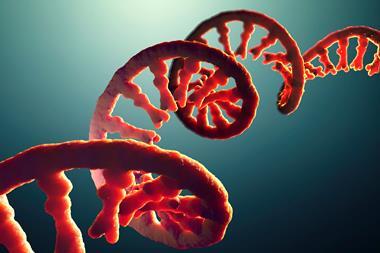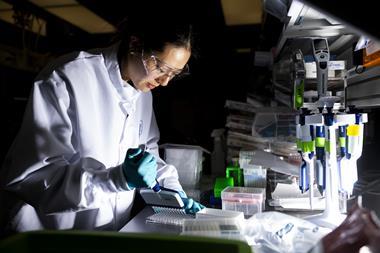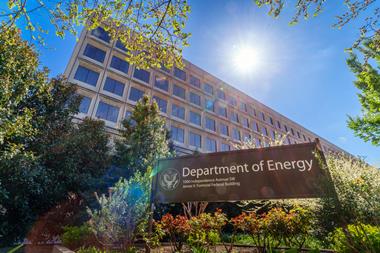A potential new treatment for a major pregnancy complication could be on the way in the form of mRNA delivered via lipid vesicles. Pre-eclampsia occurs in 3–5% of all pregnancies and is responsible for half a million infant deaths each year.
The placenta is crucial for exchanging nutrients, oxygen and waste between the foetus and the mother. In pre-eclampsia, blood vessels in the placenta do not develop properly leading to the mother developing high blood pressure that can trigger seizures, kidney and liver injury and stymie the growth of the foetus. ‘Blood pressure rises in the mother in an effort to keep pushing blood across the placenta to the baby,’ explains Kelsey Swingle at the University of Pennsylvania, Philadelphia. ‘There’s really no therapeutic to treat pre-eclampsia.’
She and her colleagues delivered mRNA containing the instructions to produce vascular endothelial growth factor (VEGF) in lipid nanoparticles to the placenta of mice. The aim was to instruct cells in the placenta to make VEGF, which encourages blood vessel dilation and formation.
After screening 96 lipid nanoparticles (LNPs), they discovered one that had a high affinity for the placenta. Within six hours of an LNP injection, the three major types of cell in the placenta began to make VEGF. The VEGF stimulated the growth of blood vessels in the placenta, so that they better resembled healthy tissue, and led to heavier mouse foetuses.
Damage to the placenta also triggers the abnormal release of a protein that reduces free VEGF and impairs blood vessel growth. The mRNA treatment in mice dampened circulating levels of this protein.
‘Maybe we could have a therapeutic for pre-eclampsia that would be a simple IV injection. This is exciting for global women’s health,’ says Swingle. She hopes that over the next five to seven years, further animal studies will allow for testing in women.
Andrew Shennan, an obstetrician at King’s College London, notes that in the UK around 1000 babies die from pre-eclampsia but only around one-in-a million mothers. ‘You deliver the baby early to cure the disease,’ he says. ‘If there’s going to be a treatment, we ought to not just improve the mother, but also the placenta to improve the baby.’
In high-income settings, with good care, the death of the mother is vanishingly rare, but babies are often delivered prematurely, which is costly in terms of healthcare and often with lifelong health implications for the child. ‘The paradox here is that a treatment becomes infinitely more important in those parts of the world that don’t manage it well,’ Shennan explains. ‘Seventy percent of deaths happen in sub-Saharan Africa. This illustrates how poor care makes a massive difference.’
‘Even for the US, you’re 15 times more likely to die from pre-eclampsia than in the UK simply because they don’t have universal healthcare provision.’
An article that accompanied the paper described the approach as promising. However, it also noted that rodents have shallow placentas, so are not an ideal model for humans.
The team now plans to move to larger animals, such as guinea pigs, and eventually non-human primates to test their approach. ‘We are in talks now with investors and thinking about spinning this out to a company,’ Swingle says.
‘We need to ensure that this is not only effective, but that it is extremely safe,’ says Swingle. ‘There’s going to be hesitancy for a pregnant patient to take this kind of therapy.’ She adds that it is reassuring that mRNA Covid-19 vaccines delivered by lipid nanoparticles proved safe and effective in pregnant women.
References
KL Swingle et al, Nature, 2024, DOI: 10.1038/s41586-024-08291-2

















No comments yet